The Science Behind How Dolphins Communicate
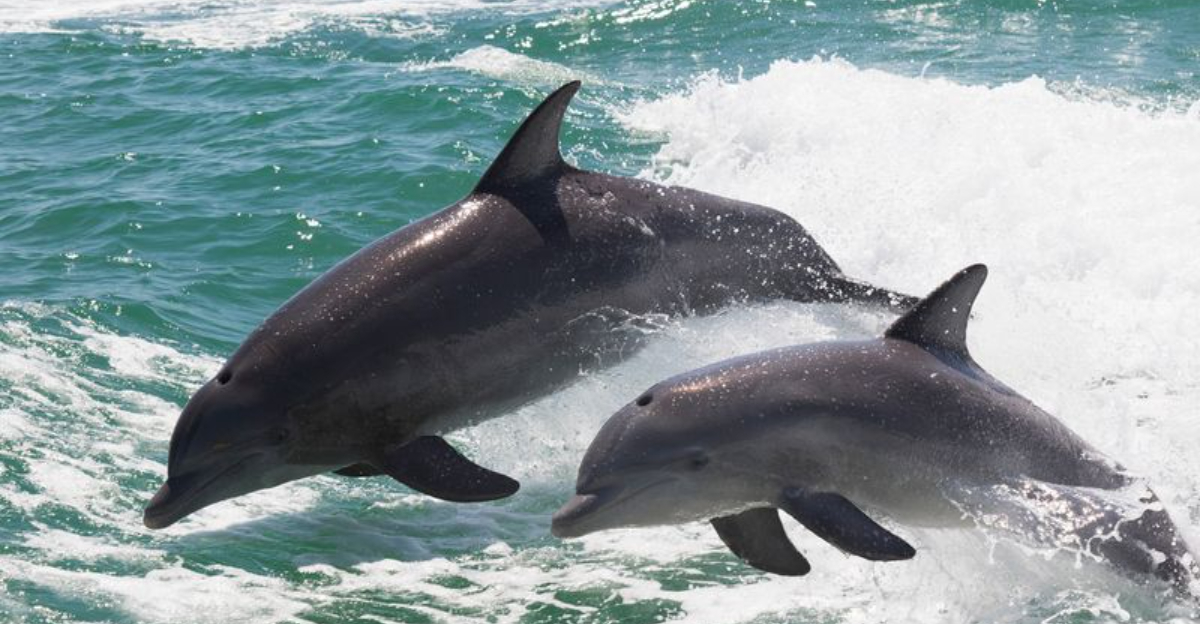
Ever wondered how dolphins chat beneath the waves? These remarkable marine mammals have developed one of the most sophisticated communication systems in the animal kingdom.
Their unique methods of exchanging information help them hunt, navigate, and maintain their complex social structures – all without saying a single word as we know it.
1. Whistling Their Own Names

Dolphins actually name themselves! Each dolphin develops a unique whistle during its first year of life that functions like a personal signature. Other dolphins recognize and use these signature whistles when they want to call out to specific pod members.
This naming system shows their remarkable intelligence and social awareness.
2. Body Language Masters
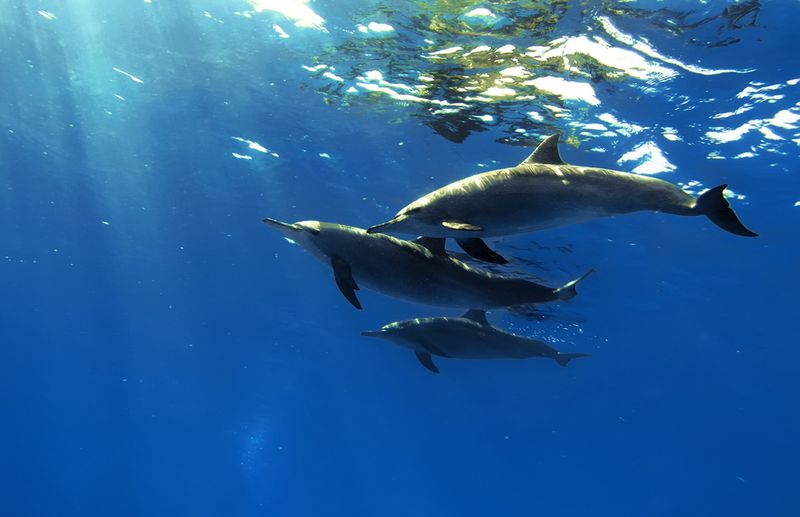
Beyond sounds, dolphins communicate through an elaborate system of body postures. A tail slap might signal danger, while a gentle nudge could be an invitation to play.
Their entire bodies become expressive tools, with even subtle changes in swimming patterns conveying different messages to fellow pod members.
3. Echolocation’s Hidden Purpose
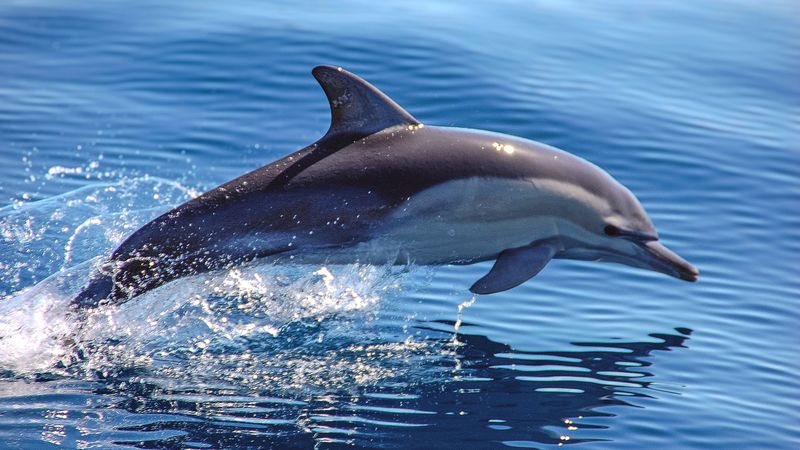
While we know dolphins use echolocation to find food, scientists have discovered they also share these sound pictures with each other!
By directing their sonar clicks, one dolphin can essentially show another what it’s detecting.
Think of it as sharing a mental image without words.
4. Bubble Conversations
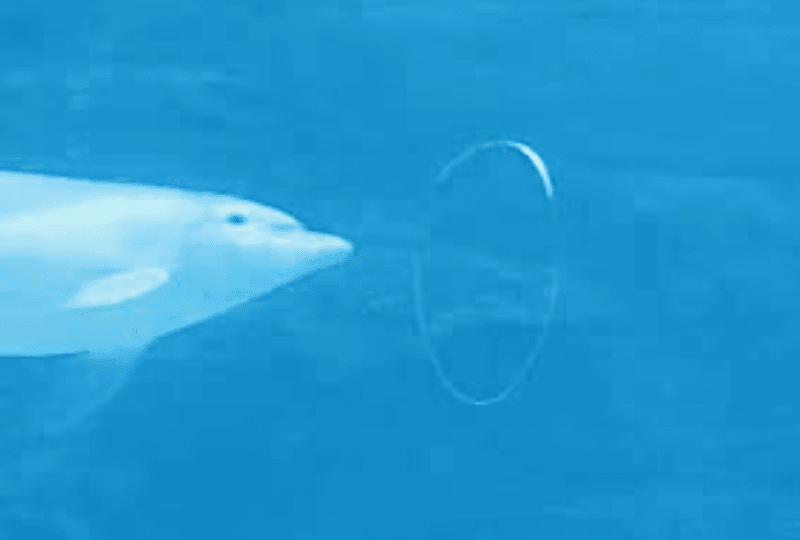
Creating bubbles isn’t just for fun – it’s dolphin texting! Dolphins intentionally release bubble rings and streams as visual signals to others.
The size, shape, and timing of these bubbles carry specific meanings. A perfect ring might signal playfulness, while quick bursts could indicate excitement or agitation.
5. Synchronized Swimming Signals
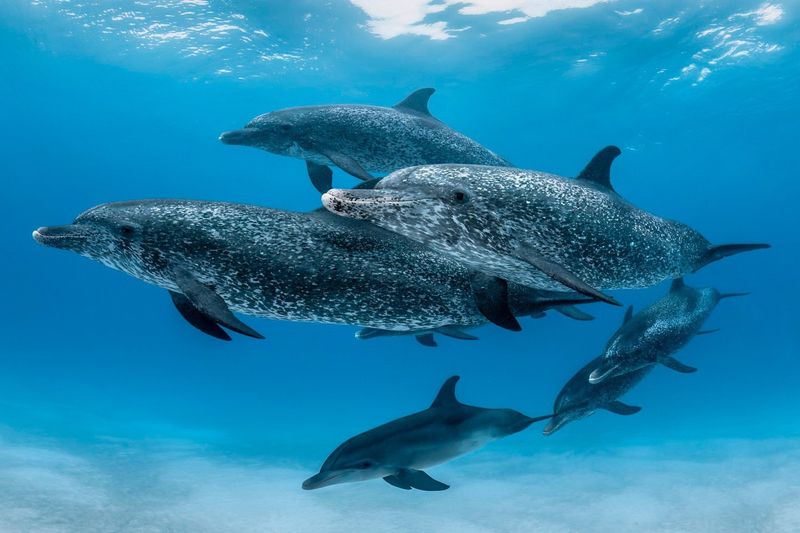
Watch dolphins swim together and you’ll witness a silent conversation. Their synchronized movements aren’t just showing off – they’re actually communicating!
By matching swimming patterns, dolphins strengthen social bonds and coordinate hunting strategies without making a sound. It’s like a wordless dance with purpose.
6. Frequency Range Superstars
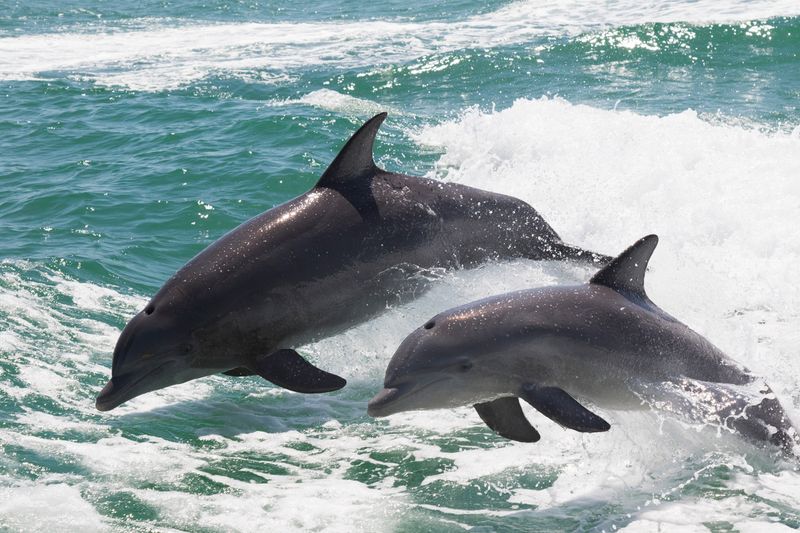
Human ears pick up sounds between 20Hz-20kHz, but dolphins blow this range away! They can produce and hear sounds from 0.25kHz all the way to 150kHz.
This extraordinary range allows them to communicate in multiple “channels” simultaneously, like having dozens of radio stations all broadcasting different messages.
7. Touch-Based Secret Language
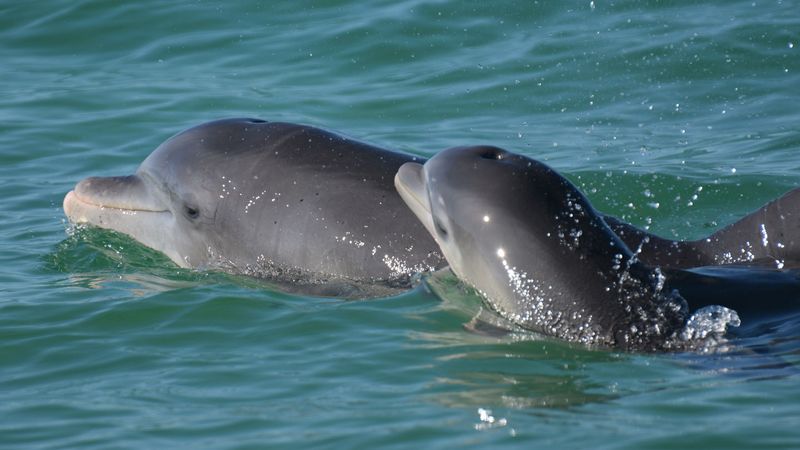
Dolphins have incredibly sensitive skin covered with nerve endings. They frequently brush against each other as a form of tactile communication.
Mothers and calves maintain near-constant contact, while adult dolphins use gentle pectoral fin touches to strengthen social bonds. Even brief contact can convey complex social messages.
8. Regional Dialects Discovered
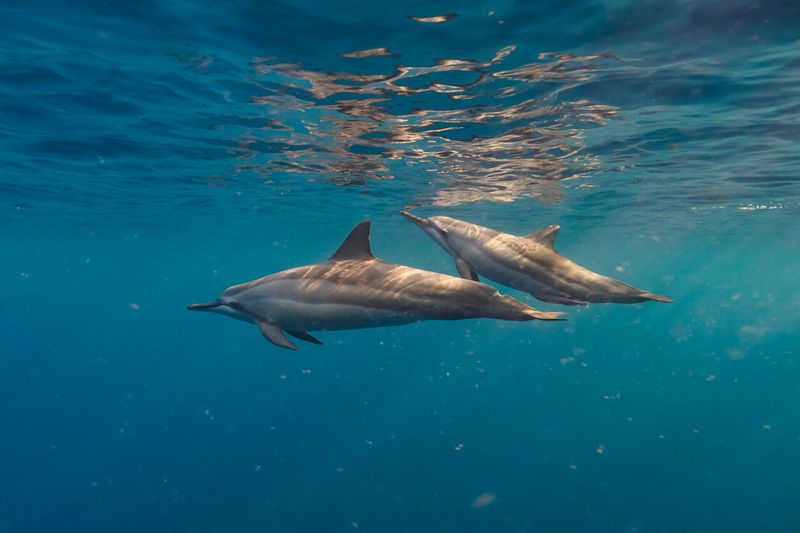
Just like humans have accents, dolphin pods develop distinct “dialects” in their communication patterns! Researchers have identified unique whistle variations between different geographical groups.
A dolphin from the Atlantic sounds noticeably different from one in the Pacific, showing how their communication evolves culturally within communities.
9. Jaw-Dropping Sound Production
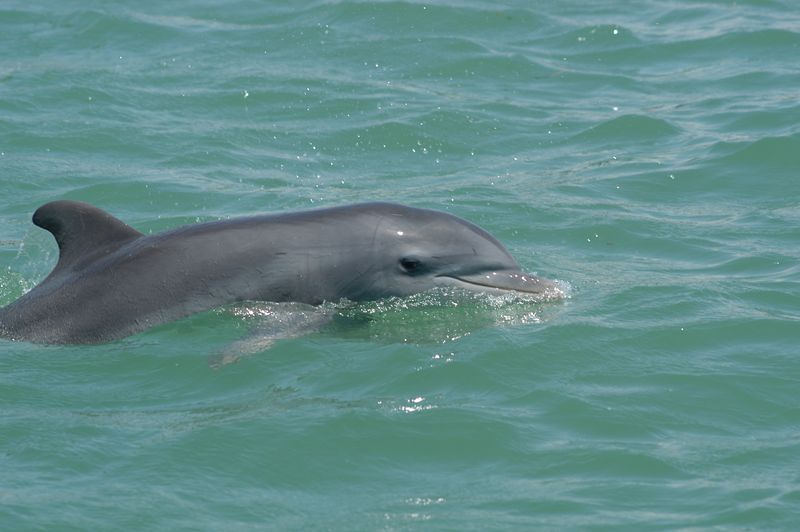
Unlike humans who use vocal cords, dolphins produce sounds through tissue vibrations in their nasal passages. The melon (that bulbous forehead) focuses these sounds into beams.
Even more fascinating, they don’t use their blowhole to make sounds! Their complex sound production system works entirely independently from breathing.
10. Emotional Expression Through Sound
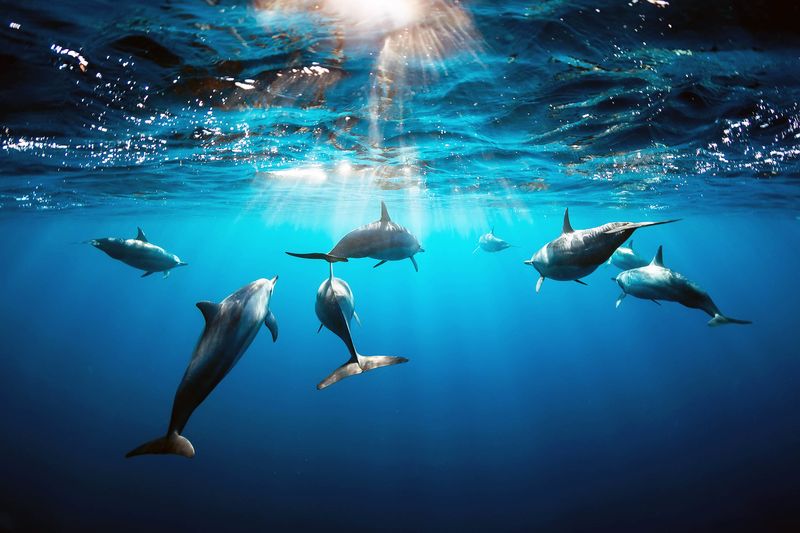
Scientists have identified specific dolphin vocalizations linked to emotional states. Short, sharp bursts often signal alarm, while longer, melodic whistles typically indicate contentment.
They can even express excitement, frustration, and curiosity through distinct sound patterns. Their emotional vocabulary rivals that of many primates!
11. Brain Power Behind The Chatter

The dolphin brain dedicates massive resources to communication processing. Their auditory cortex is proportionally much larger than humans’, allowing them to process complex sound information rapidly.
They can simultaneously track multiple sound sources and conversations – imagine following five different people talking at once!
12. Memory Masters Of The Sea
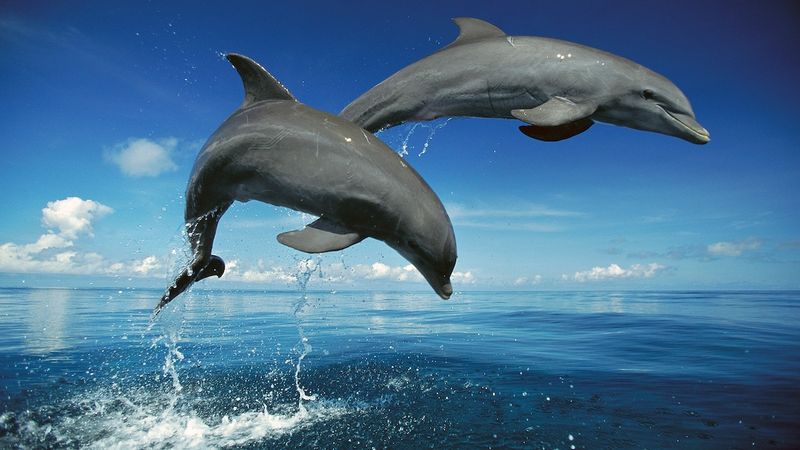
Dolphins remember signature whistles of other dolphins for decades! Research shows they can recognize former pod members even after 20+ years of separation.
This exceptional social memory allows them to maintain complex relationships throughout their lives. Imagine remembering the voice of every person you’ve ever met!
13. Human-Dolphin Communication Breakthroughs
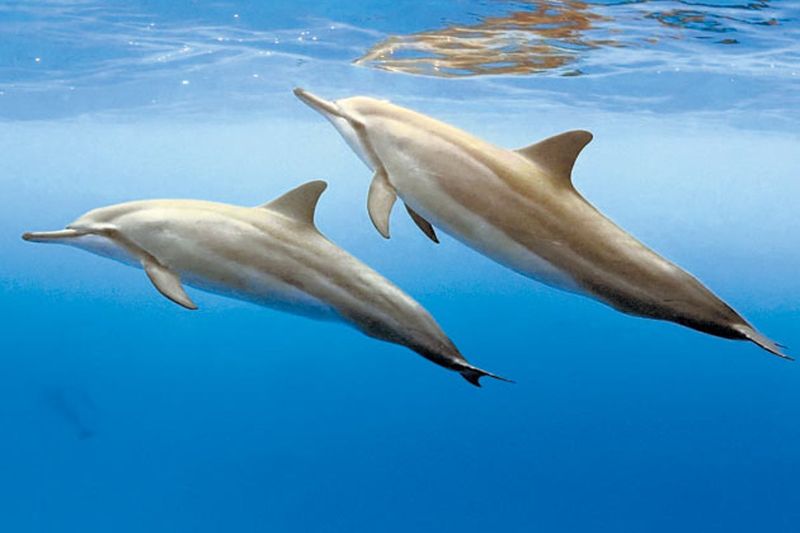
Recent experiments have made exciting progress in two-way human-dolphin communication. Using underwater keyboards and symbol systems, dolphins have demonstrated understanding of over 100 human words and commands.
Some researchers believe we’re on the verge of developing true language translation between our species!






